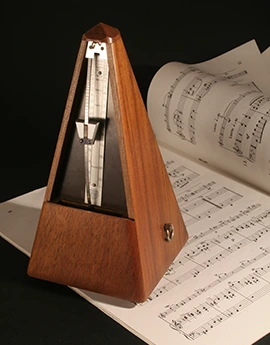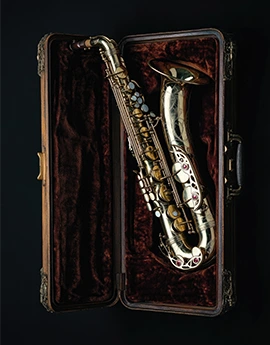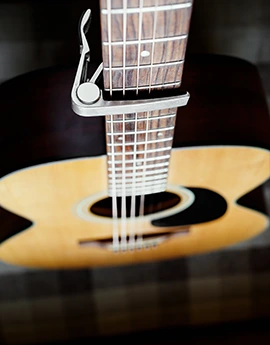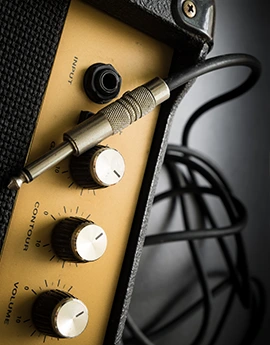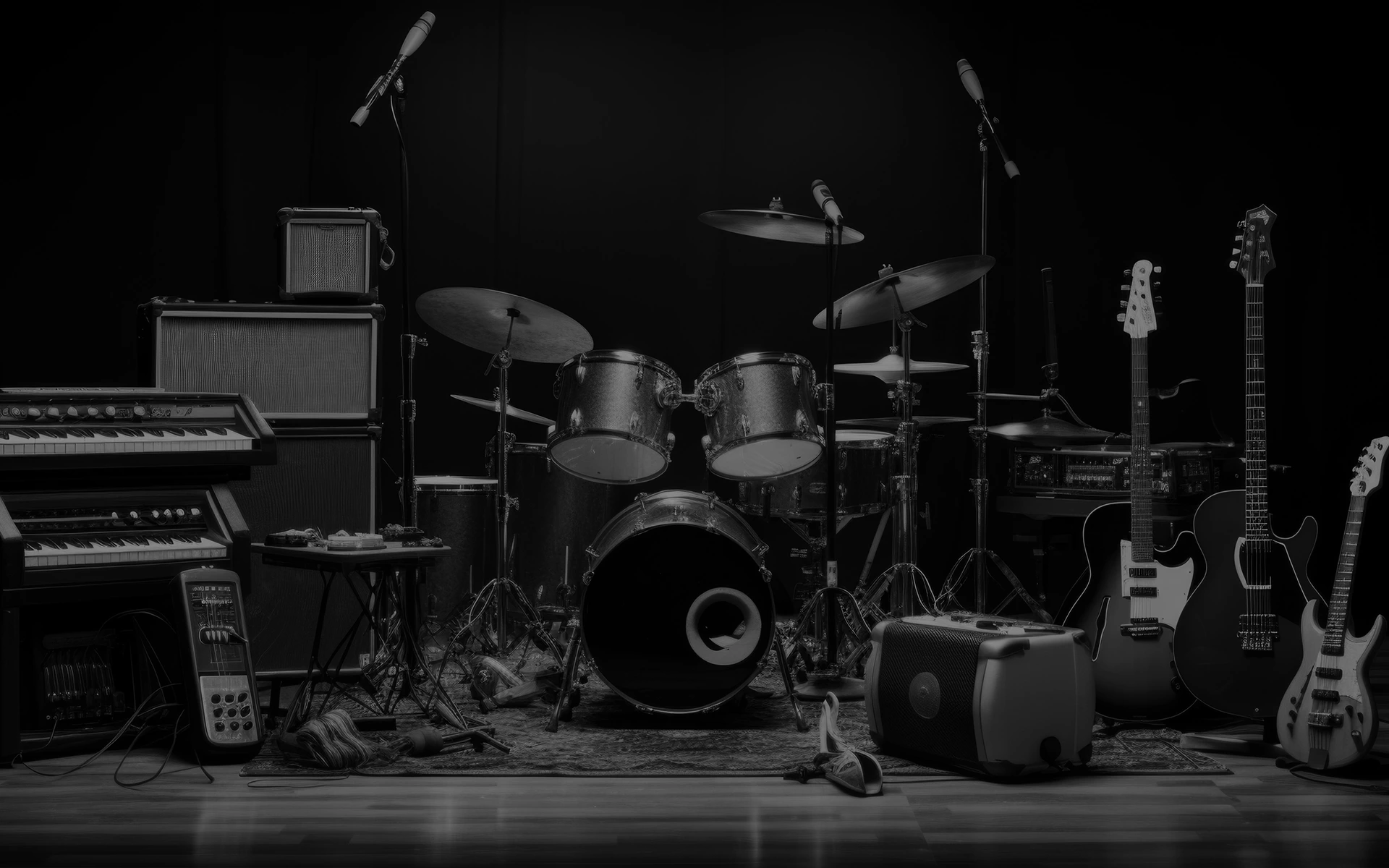
The core components of musical expression
An overview of instruments, genres, and the essential elements that shape sonic art and performance.
Getting started and progressing in music
Beginning to play an instrument requires patience, consistency, and curiosity. By combining learning the basics, attentive listening, and daily practice, every musician can develop their technique and musical ear. Playing with others or participating in workshops also strengthens creativity and confidence, while making the journey more motivating and rewarding.
Key roles in musical creation and performance
The role of music in early childhood development
Essential accessories for practicing musicians
Fundamentals of instrument care and preservation
The importance of proper
tuning
Regular tuning is critical for ensuring an instrument produces the correct pitches and maintains proper intonation. It is the first step before any practice session or performance. Using a digital tuner or a tuning fork helps achieve accuracy. For many instruments, consistent tuning also helps maintain structural tension, which is important for their long-term health, particularly for stringed instruments like guitars and pianos.
Procedures for cleaning and maintenance
Routine cleaning prevents the buildup of dust, oils, and residue that can damage an instrument’s finish and components. Using appropriate cloths and cleaning solutions for the specific material—whether it’s wood, brass, or a synthetic—is essential. Periodic maintenance, such as oiling valves on a trumpet or changing the strings on a cello, ensures the instrument remains in optimal playing condition and extends its lifespan.
The influence of climate on instruments
Environmental factors, especially humidity and temperature, can have a significant impact on musical instruments, particularly those made of wood. Excessive dryness can cause wood to crack, while high humidity can cause it to swell, affecting playability and tone. Storing instruments in a climate-controlled environment or using in-case humidifiers helps to mitigate these risks and preserve the instrument’s structural integrity over time.
